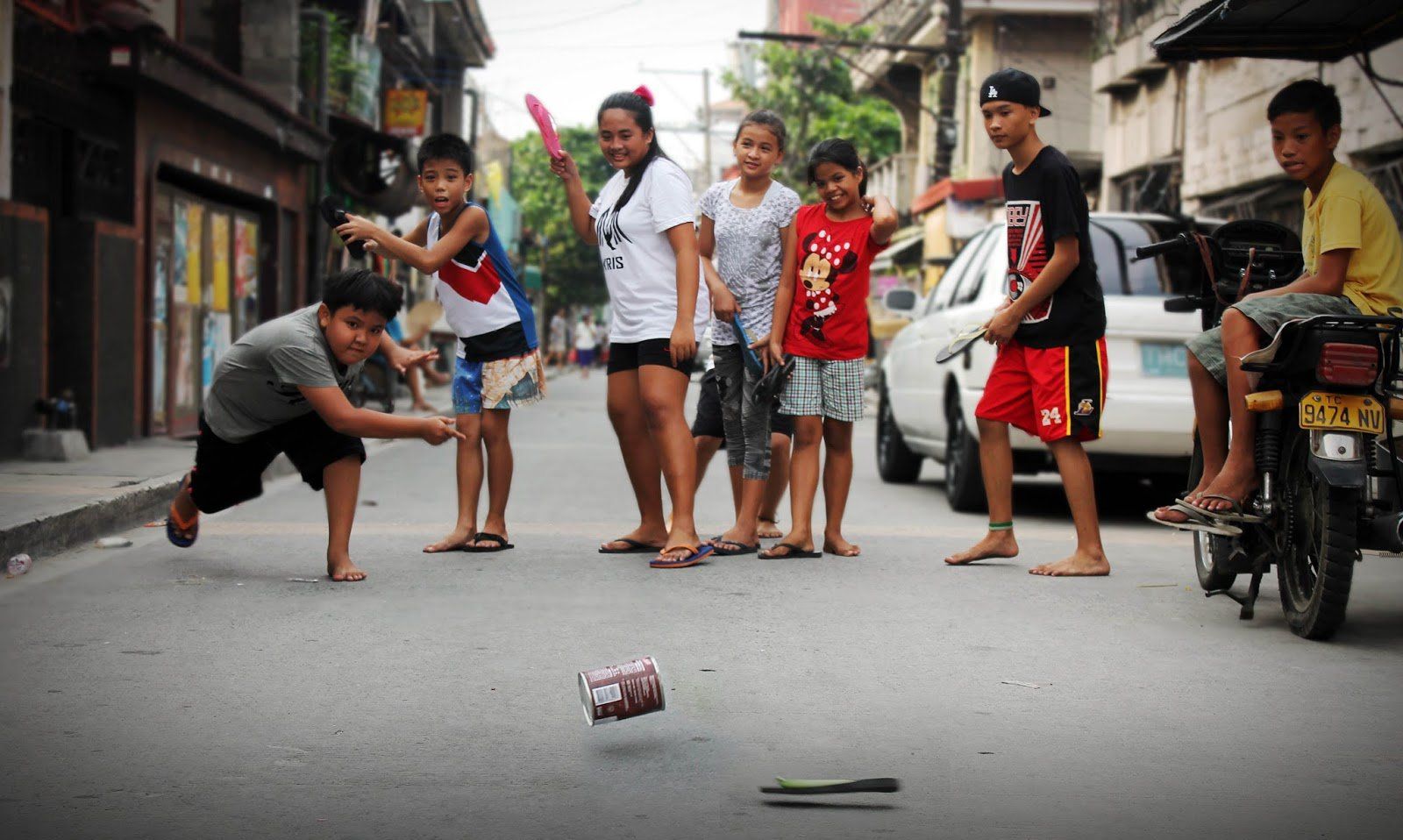
TOP 5 Philippine Traditional Games you must try
Traditional Games or "Laro ng Lahi" in tagalog, is one of the exciting activities in the Philippines as a kid.
Some may say, it is one of the cheapest forms of child play because you don't need anything aside from the players themselves.
Filipino Traditional Games are one of the past times everyone looks forward to as a kid, gathering around the streets or in the neighborhood while playing and
enjoying the games invented by kids due to limited resources of toys in the past.
Laro ng Lahi isn't just a game but also an effective way to learn and improve, be it physical, mental, social, and even emotional development.
Here are the lists of laro ng lahi that you must try:
Sipa
It has been labeled as National Sport for the longest time since the 15th century, this game can be played indoors and outdoors and is similar to footvolley.
Patintero
also known as "Harangang taga" or "Block the Enemy Game" is one of the most popular outdoor games in the Philippines. This game is usually played by two teams as one team act as a tagger and the other team act as a runner.
Tagu-Taguan
is a Filipino version of "Hide and Seek," it is a popular game among children. This game consists of running, hiding, tracking and observation.
Luksong Baka
is one of the traditional Filipino games that originated in Bulacan. The players of this game jump over one person called the "baka" or "cow" which is the main goal of each player to jump over without falling.
Langit-Lupa
means "Heaven" and "Earth", this game is a variation of "habulan" or "chasing" where players cannot be tagged by it (chaser) as long as they are standing on an elevated surface.
In the present times, there are actually a lot of Filipino Games that are still played by kids especially in the rural and urban areas in the country, some of these games are even included in school activities such as Physical Education subjects and Regional Games.
These games play a big role to every Filipino kid and elder, it somehow connects everyone to the present and the past. It is a cultural treasure that shows the simplicity, enjoyment, and contentment of every young Filipino to what they have and what they can do.
